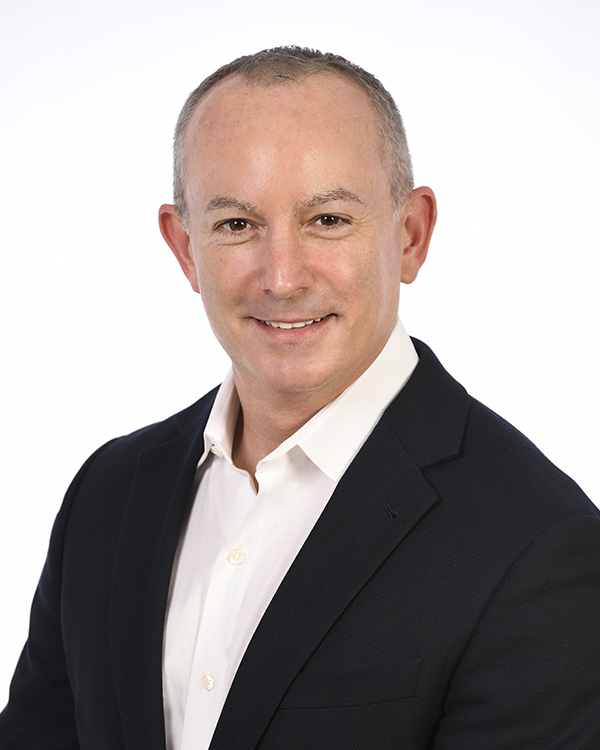Canadian Occupational Safety - May 2011
By: Shawn M. Galloway
Printable Version
Cliches, like them or not, have a significant degree of truth. "We are all unique." True, especially when it comes to our ability to recognize risk exposure. When unique individuals work together over time, they indirectly develop a culture that can spot some risks and, without intent, ignore others. As new people join this group, they are normed by a perception of what risk is and what it isn't. This is what I refer to as "generationally-introduced risk exposure".
What we are attempting to accomplish in safety is similar to teaching a Chess amateur to become a Chess master. Consider what the difference is between the two? Answer: The ability to see multiple steps ahead. Fundamentally, this is what we are trying to accomplish when we work to create ownership in safety and develop a culture that reinforces certain safe practices; ultimately, sustaining safety culture excellence.
While this, as some would say, is "Well and good", how do we change these risk identification filters? The answer is, unfortunately, less than desirable. You can't force a change in risk identification tactics; it has to be discovered. The difficulty of teaching someone to see risks is similar to teaching someone to be passionate about a unique hobby. Only those that love train sets, or stamp collections, Star Wars Figures, Farm Implements, parts to a 69' Ford Mustang, etc. enjoy collecting them. You can't force a new perspective on life; it must be experienced.
Lens of Clarity
Last October, my sister had visited the Optometrist and received a devastating diagnosis for a one-time runway model: she needed glasses. The ever comforting brother, I mentioned how my beautiful wife needs corrective lenses and contacts worked fine for her. My sister could easily wear contacts! However, opposed to placing objects directly on her eyes, she decided that she would prefer to wear some fashionable glasses.
This past Christmas, my wife and I awoke before our soon-to-be-excited children, which provided us with much excitement. The day was filled with great jubilation as I, the proud father, witnessed my daughters' elation as they discovered that Santa had fulfilled their wishes. At that point in my life, I thought that I had witnessed life's greatest moments, clearly.
Later in the afternoon, my parents and sister arrived to celebrate Christmas with us, my sister sporting her new lenses. She mentioned that she enjoyed seeing how others looked in her new fashionable glasses. We took turns passing her glasses around to see how everyone looked wearing them. She requested that I, too, partake in the assumed humiliation of wearing such obscure devices. I gave in to the misguided sibling pressure and placed the glasses upon my face. I immediately commented, "Hey, it magnifies things!" Her face appeared to contort towards a look of puzzlement and she expressed, "Everyone else says that it makes things look blurry..." I looked at her and could see a new sense of clarity among my sister's face as I said out loud, "Oh (obscenity)!"
On the 27 of December, I was fortunate to secure a last-minute appointment with a local Optometrist.
It is amazing how you think that if you live a life that deserves only positive returns, this is what you will receive. On this day, I realized how mistaken my perspective was. Sixty minutes after my Optometrist appointment, I found myself with a prescription in-hand, staring at all the unfortunate options available to me. I was to wear glasses.
The good doctor explained to me that the brain compensates the decrease in visual clarity over the years. The visual abilities will sometimes decrease with age; little did she know how hurtful this statement was to a perpetual twenty-one year old! Nevertheless, I was to either wear contacts or glasses. Getting used to glasses is, in my opinion, a lesser challenge than contacts. So here I type, writing this article with a new sense of clarity.
I now assess my world with a new sense of appreciation. What I once saw as a room, is now filled with a greater degree of specificity. I now see things that I previously would have argued did not exist to the degree of detail. I can see things that now increase my sense of understanding. I now appreciate more fully my involvement in the environment in which I interface.
Conclusion
I have always believed that risk was there, even though those among my field stated disbelief. In order to change the perspective in which we view life, there must be a change in the desire to accept a different viewpoint of life. Sometimes that is a gradual process. Often, it is a result of something we are unwilling to accept: things change. The reality is, so does life. If we are to avoid this, we should not be surprised when life's risks sneak up on us. It is always there; the opportunity lies in the ability to identify it. Only then can we truly be proactive.
 Shawn M. Galloway is the CEO of ProAct Safety and co-author of several bestselling books. As an award-winning consultant, adviser, leadership coach and keynote speaker, he has helped hundreds of organizations within every major industry to improve safety strategy, culture, leadership and engagement. He is also the host of the highly acclaimed weekly podcast series Safety Culture Excellence®.
Shawn M. Galloway is the CEO of ProAct Safety and co-author of several bestselling books. As an award-winning consultant, adviser, leadership coach and keynote speaker, he has helped hundreds of organizations within every major industry to improve safety strategy, culture, leadership and engagement. He is also the host of the highly acclaimed weekly podcast series Safety Culture Excellence®.
For more information, call (936) 273-8700 or email info@ProActSafety.com.
